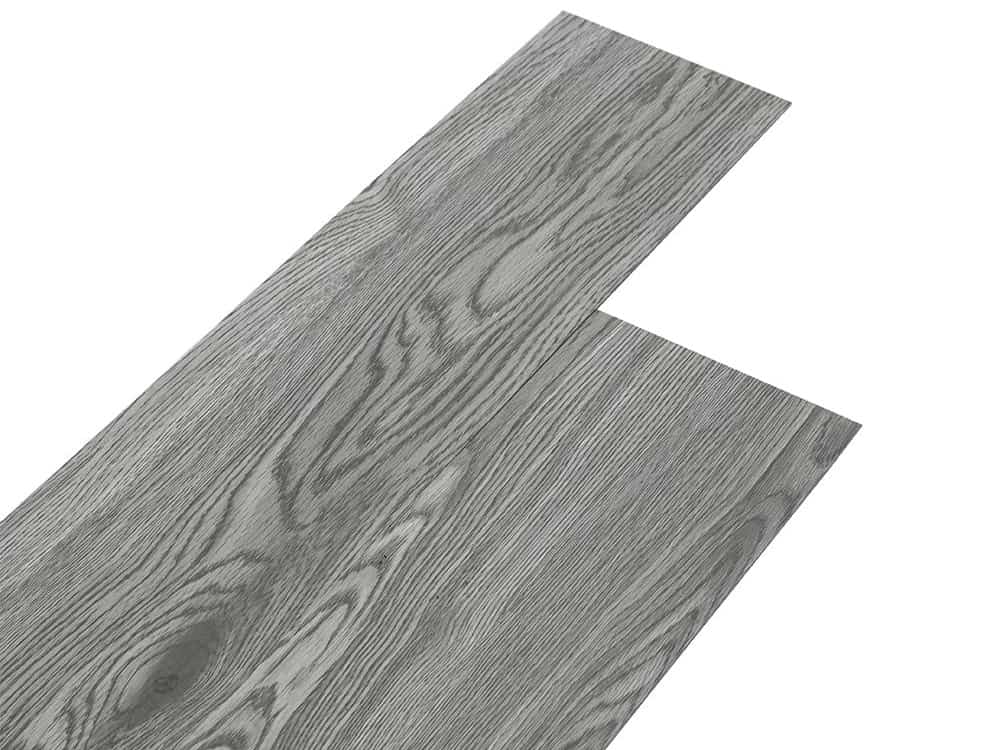All floors are not created equal – in fact some can be a lot more expensive than others! For those who are lucky enough not to have to stick to a budget, there is a wealth of choice from luxury carpets to pristine marble, glorious hardwood to natural stone.
What types of Flooring are High Cost?
As we all know, natural hardwood is one of the most expensive options for hard flooring. However, it will last the lifetime of the building if it is properly maintained and it is the only type of flooring that can be refinished.
Other well-known expensive options are natural stones like Marble, slate, limestone, granite and flagstone. One way to reduce the cost of natural stone is to choose stone tiles instead, as this is made of stone aggregate that is suspended in polymer binder.
Tiles can be an expensive option depending on their quality, materials and manufacture. Even carpet – usually thought of as the affordable choice – can be expensive depending on the type of fibres used.
So what Bumps the Cost up?
Like many other things in life, flooring will be more expensive if the material is hard to source or rare on the market and involves high cost and intensive labour to manufacture and process. Thus “hand-made” will cost significantly more than factory manufactured.
Another factor in price is any artistic input, just as designer clothes will always bear a significant price tag. Installation also plays a large role in cost.
Finally, flooring that is “fragile”, requiring special maintenance and after-care, will often cost more as well.
Installation
A substantial proportion of flooring cost is actually the installation so if you are a bit of a DIY whiz, you can save a lot of money by Installing the Flooring Yourself.
This means that you can afford more expensive materials – for example, natural hardwood as opposed to engineered or even laminate flooring.
Another thing to consider is how much you are deviating from the norm. For example, wood strips are usually laid in a straight pattern so if you decide on any other kind of pattern, this will increase the cost as more wood will be needed and installation will take longer.
Quality
It really goes without saying that better quality will be more expensive. For example, timber is usually classified into grades, according to appearance; the most expensive – and the highest quality – is the “clear grade” which means wood that has a uniform surface (colour and texture) with no knots.
Exotic
Rare and unusual always commands a premium price. Thus “exotic” woods will cost more than the popular types of timber. These include woods like bamboo (although this is technically a grass), cherry and walnut.
However, some of these, such as bamboo, are rapidly gaining in popularity which means that they may be more affordable than traditional hardwoods.
Sourcing and Manufacturing Process
Ceramic tiles, in particular, show a significant difference if they are handmade versus mass-manufactured. This is reflected in the quality of the tile and ultimately the price. Glass tiles fall into this category as they are usually made by hand.
However, it does have a transparent beauty that enhances in a way many other tiles can’t achieve. Tiles will also be expensive if they are custom-made, especially by an artisan.
If you have your heart set on this look but have a limited budget, one compromise is to just use a small amount of the expensive tiles to accent in a way that achieves maximum decorative impact.
Marble is the most expensive type of stone flooring with an elegant, ornamental, premium look that is desired by many and hard to achieve by alternatives.
It is expensive partly because it is hard-wearing but also because of the sourcing process and the fact that it tends to be rather porous which means that it can be affected by acid and therefore needs professional refinishing.
Granite is another expensive stone which gives a beautiful sophisticated look but its extreme hardness makes it very difficult to cut, therefore contributing to its high price.
Don’t Forget…Cheap that’s Actually Expensive
Sometimes, it pays to look to the longer term. For example, carpet is often considered the least expensive option.
However, this is really only in the short term. In fact, unlike some of the more “expensive” flooring materials, like tiles or wood, it actually has a much shorter lifespan which means that it will have to be replaced regularly, thus incurring more costs overall in the long term.
In addition, it can be difficult to clean and take care of, requiring more expensive maintenance options which are ‘hidden costs’ not considered in the initial layout.

